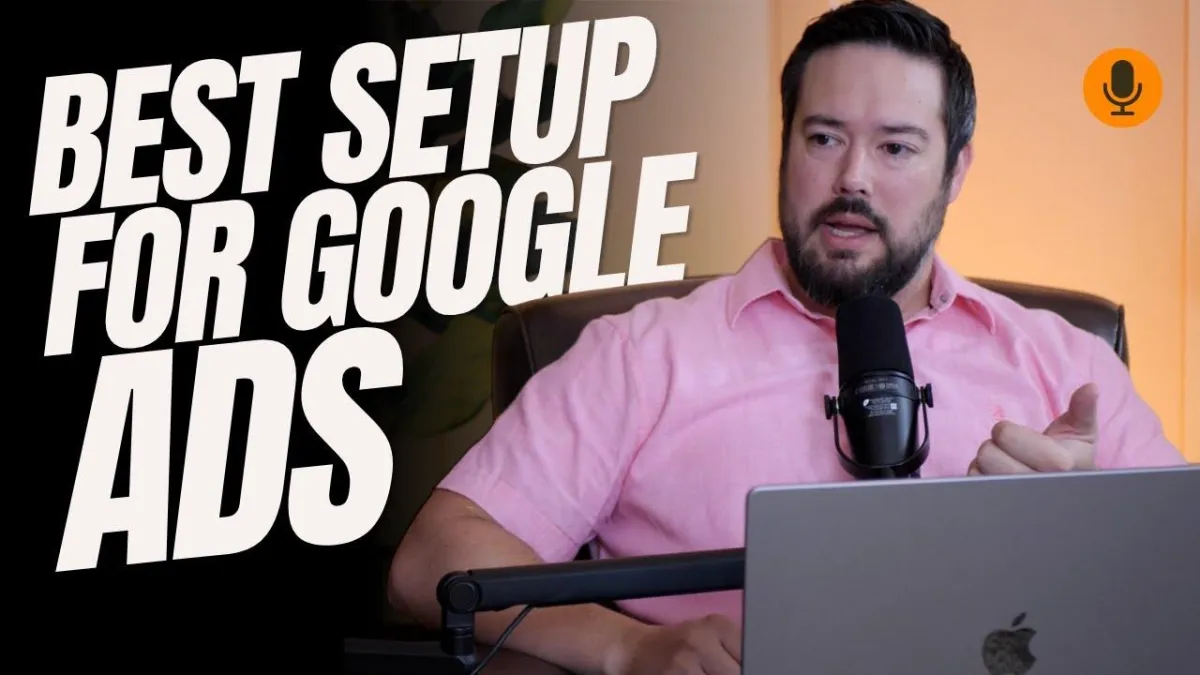Digital Marketing Articles by LaunchingPros

How to Structure a Google Ads Campaign That Actually Works
How to Structure a Google Ads Campaign That Actually Works
Pay-per-click (PPC) advertising is one of the fastest ways to get traffic and sales. With platforms like Google Ads and Microsoft Ads, you only pay when someone clicks your ad. The challenge is not whether PPC works—it’s how you set up your campaign so your budget is spent wisely.
A well-structured campaign can make the difference between profitable growth and wasted ad spend. Here’s a simple, effective way to structure your campaigns, whether you’re running an e-commerce store or a service-based business.
Understanding Google Ads Structure
Google Ads accounts have three key levels:
Campaigns – The highest level where you set budgets, locations, and overall targeting.
Ad Groups – Subcategories within a campaign that hold your keywords and ads.
Keywords and Ads – The terms people search for and the ads you show them.
Think of it as a funnel: campaigns contain ad groups, ad groups contain keywords, and ads are created at the ad group level.
Start With Your Website Navigation
If you’re not sure how to structure campaigns, a simple shortcut is to use your website’s main menu.
For example, if you sell clothing online, you might structure your campaigns like this:
Campaign 1: Men’s Apparel
Campaign 2: Women’s Apparel
Campaign 3: Accessories
This mirrors how your customers shop and keeps your campaigns organized.
Branded vs Non-Branded Campaigns
One of the most important steps in PPC is splitting your campaigns into branded and non-branded searches.
Branded terms: Keywords that include your company or product name (e.g., “North Point Apparel t-shirts”).
Non-branded terms: General keywords people search for (e.g., “men’s hiking shirts”).
Why does this matter?
Protect your brand: Competitors can bid on your name and steal clicks. If you don’t run branded ads, they could show above you in search results.
Lower costs: Branded clicks are usually cheaper for you than for competitors, because Google rewards relevance.
Budget control: Splitting campaigns lets you allocate separate budgets to protect your brand while also testing new customer acquisition.
Should You Split Into Branded/Non-Branded When Your Budgets Are Very Small ($10–$30/day)?
At this level, splitting campaigns often spreads the budget too thin. For example, $10/day on brand and $20/day on non-brand may not give Google’s algorithm enough data in either campaign to optimize properly.
Recommendation:
Combine brand and non-brand into one campaign if you’re under about $30/day total.
Use ad groups inside that campaign to keep them separated for reporting (example: Ad Group 1 = Branded and Ad Group 2 = non-branded).
This way, you still get visibility into performance, but all your budget is pooled together for faster learning.
When Should You Split My Campaigns into Branded/Non-Branded?
You can split your campaigns into branded and non-branded campaigns when you're spending around $30-$50 per day. At this point there’s usually enough spend to split them into separate campaigns.
Brand: $30–$50/day (just enough to capture that demand and keep competitors from stealing it).
Non-brand: the rest.
This setup gives you proper budget control while still letting Google learn quickly enough.
What Should You Do When Budgets Scale ($100+/day or $3k+/month)
Here, always separate brand and non-brand. You’ll want:
Dedicated campaigns for 2-3 categories.
Separate each category by brand and non-brand.
At this scale, if you didn't split them into brand and non-brand, it would mean that brand performance will “mask” non-brand inefficiency, and you won’t see the true cost of acquiring new customers.
Rule of Thumb
Under $30/day: Combine brand and non-brand in one campaign, but separate with ad groups.
$30-$50/day: Select two main categories and separate into branded and non-branded campaigns. Keep branded spend around 20% over overall budget.
$50–$100/day: Select 3-4 main categories and separate them into branded and non-branded campaigns. Keep branded spend around 20% over overall budget.
$100+/day: Create more main categories 5+ and split into branded and Non-Branded. Allocate most budget to non-brand for growth. Higher budgets allows for more granular targeting, multiple ad variations, and faster optimization.

Campaign Structure for Service Businesses
For service-based companies, structure campaigns around:
Your main services (e.g., “Roof Repair,” “Gutter Cleaning”).
Locations you serve (important for local businesses).
Branded vs non-branded searches, just like in e-commerce.
This ensures you’re targeting customers with the right intent in the right place.
When to Expect Results
Unlike SEO, which can take 6–12 months, PPC can deliver results quickly. If you’re targeting the right keywords with relevant ads, you can often see leads or sales within a few days. That speed makes PPC a powerful tool for businesses that need growth now.
Key Takeaways
Structure campaigns around your main product categories or services.
Always separate branded and non-branded campaigns, when budgets allow.
Match your campaign structure to your budget size.
Service businesses should include location-based campaigns.
Expect fast results compared to SEO, but allow time for optimization.
If you want to grow faster with PPC, start by structuring your campaigns the right way. A clean setup saves money, protects your brand, and sets you up for long-term profitability.
Follow Us
© 2025 Launching Pros. All rights reserved.
